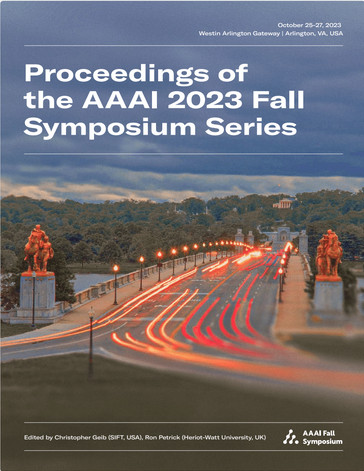Longitudinal Multinomial Relative Entropy-Based Discrete Relative Risk Models for Integrated Prediction of Competing Risk
DOI:
https://doi.org/10.1609/aaaiss.v2i1.27712Keywords:
Competing Risk, Data Integration, Relative Entropy, Risk PredictionAbstract
Prognosis prediction is a pivotal aspect of survival analysis, particularly when considering competing risks. The contemporary landscape is enriched with an abundance of biobank data encompassing diverse risk factors like genetics, transcriptomics, and electronic health records, fueling efforts to enhance prognostic predictions. However, the resulting predictive models suffer from rare event rates, limited sample sizes, high dimensionality, and low signal-to-noise ratios. To address these challenges and amplify predictive capabilities, the integration of historical prediction models has emerged as a promising approach. Yet, prevailing integration methods often rest upon the premise of comparable underlying distributions across disparate data sources—a presumption that frequently diverges from reality. Disregarding the inherent heterogeneity among these information sources can inadvertently introduce substantial bias, underscoring the urgency of integrated competing risk analyses that systematically accommodate cohort heterogeneity. In response, we propose an original solution: a longitudinal multinomial relative entropy-based integration framework. This methodology incorporates the established prediction models from the literature, yielding refined prognostic predictions for newly acquired datasets.Downloads
Published
2024-01-22
Issue
Section
Second Symposium on Survival Prediction: Algorithms, Challenges, and Applications (SPACA)

